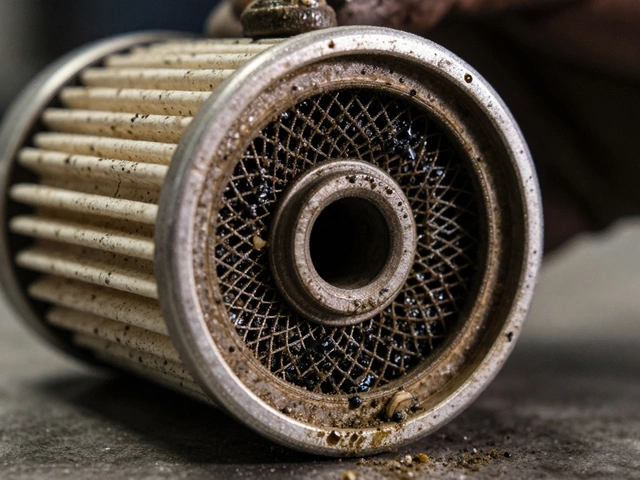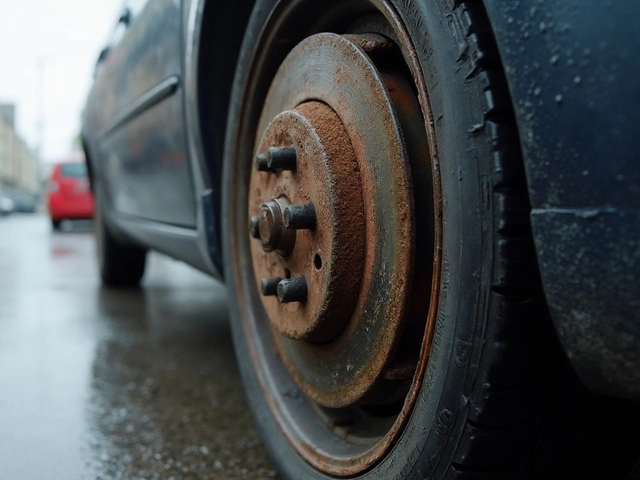How to Check Brake Pads – What Every Driver Should Know
When working with Brake Pad Inspection, the routine check of a vehicle’s braking components to verify they’re still safe and effective. Also known as checking brake pads, it helps prevent costly repairs and keeps stopping distances short. The core of how to check brake pads is a simple visual and tactile assessment, but the process connects to several other parts of the braking system. For example, worn pads often scar the brake rotors, and low brake fluid can mask pad wear symptoms. Understanding these links means you can spot problems early and stay safe on the road.
Why Brake Pad Inspection Matters and What Else to Look At
Brake pad inspection isn’t just about the pads themselves; it’s a gateway to the whole braking ecosystem. When pads thin out, the friction surface changes, which can cause the brake rotors to develop grooves or warping—issues that show up as pulsating brakes or squealing noises. At the same time, the brake wear indicators—those little metal tabs that scrape the rotor when the pad is too thin—give you an audible cue that replacement is needed. Ignoring these signs forces you to replace both pads and rotors later, raising labour costs. Moreover, the condition of the brake fluid plays a hidden role: contaminated fluid can reduce hydraulic pressure, making it harder to feel when pads are really worn. So a thorough inspection checks pad thickness, rotor surface, fluid clarity, and wear indicator status, forming a complete picture of brake health.
Armed with this context, the articles below walk you through every step—visual checks, measuring tools, and when to call a professional. Whether you’re a first‑time driver curious about the squeal in your car or a seasoned motorist tweaking performance, you’ll find clear, actionable advice that ties each part back to the core task of checking brake pads.
 20 October 2025
20 October 2025
How to Check If Brake Pads Are Worn - Simple DIY Guide
Learn how to spot worn brake pads, measure their thickness, and know when to replace them-simple DIY steps plus a handy checklist.






0